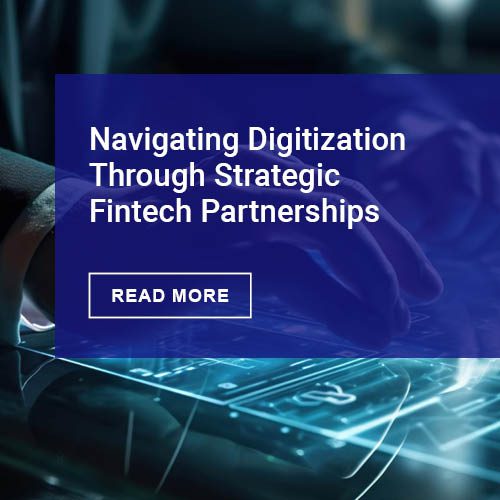As the shift towards open banking gains speed, it’s time for financial institutions around the world to recognize this for the huge opportunity it represents – rather than as yet another threat, inconvenience or compliance challenge to gear up for.
It’s likely to be a popular topic for discussion at this month’s Sibos 2018 in Sydney. Here, financial services organizations will come together to debate where the industry will head next in the context of increasing deregulation and disruption.
For overwhelmed bank leaders, it helps to look at developments through the eyes of the consumer. Boiled down, open banking requires that banks play their part in enabling financial service innovation. They can no longer monopolize customers’ data and, in the process, curb the options for how individuals manage their money. Spun more positively, open banking is a chance for banks to show just how customer centric they really are: “Look at all these apps and services you can use now, because we’re partnering and innovating to bring you the latest financial tools!”
A chance for reinvention
Done properly, open banking could win back business for established banks – turning jaded, disappointed customers into born-again brand ambassadors: “My daughter was stuck in London with no money, but I sent her some via the app on her phone and she got the next train”; or “I can now see and manage my pension, mortgage, current account and credit card all on one screen.”
This, and more, is the promise of open banking: a chance for everyone to play a role in better, more creative services for customers.
The key for banks is not to be sidelined and thereby allow newcomers to take over their customer relationships and earn all the revenue – much as telecoms companies have to be careful about over-the-top/bundled content providers (such as messaging platforms, streaming apps and gaming companies).
So if there’s an app to help a group of friends split the check in a restaurant, or to squirrel away the small savings made each time someone walks rather than gets the bus, or brings a flask instead of paying a barista for coffee, the bank gets at least some of the credit.
Lessons in prioritization
By getting in early – embracing open banking and forging an app ecosystem – traditional financial institutions can establish a sure footing before challengers, including technology and e-commerce players, beat them at their own game. Banks in Asian markets and parts of the Middle East are already excited by the potential, while Australia’s financial community is keen to lead with new service innovation. But what is their best chance at success?
Among the many lessons to be learnt from Europe’s early experimentation with open banking is the need for decisiveness and speed. This must start with liberation from the ins and outs of systems and data integration. However ambitious banks aim to be, they shouldn’t get bogged down with thoughts of developing the enabling software themselves if they want to reap the promised benefits within an acceptable timeframe.
In other words, they must avoid being sidetracked by details around the interfaces required to connect up, secure and drive the enabling data or payment reconciliation as new services are created. There are companies that can take care of all this technical detail – freeing up banks to capitalize on the shift in business model that open banking enables.
Agility through affiliation
One of the main determinants of success with open banking will be how quickly and easily banks can form new partnerships and smooth the joins between their respective activities. And preferably not one application at a time – which would mean great cost, and involve extensive specialist labor.
The less obvious danger of inertia is losing ground to peers. A 2017 report from consultants EY suggested that the biggest near-term threat to most banks comes not from fintechs, but from traditional competitors better leveraging their solutions. “Our analysis of 45 major global banks reveals that while all banks are engaged with fintechs one way or another, only around a quarter are extensively engaged due to barriers to collaboration,” the authors noted.
This is the real challenge, then: being able to connect and co-innovate readily with third parties. It isn’t setting up a whole new specialist business unit to look after open banking. As many banks will have learnt the hard way, future-proofing their operations has less to do with developing a digital strategy and far more to do with evolving their banking strategy – leaving technology experts to do the physical enabling.
Trying to go it alone and do everything from scratch isn’t practical or efficient – certainly not in a fast-paced digital world populated by impatient consumers with high expectations. Agility and success depend on hooking up with teams who’ve done this before, and have the skillset and knowledge to help them out-innovate the competition.
Token is exhibiting at Sibos Sydney from 22 – 25 October. Meet Marten at Discover L4, booth DZ05, to learn more about how APIs improve the payment experience, drive new value added services, and why European legislation is the springboard to enabling businesses across the globe to harness the power of open banking. Marten will also join the panel “Open Banking: Australian & International Perspectives” on Tuesday 23 October at 11:45 on the Discover stage: http://bit.ly/2CUGMI9











